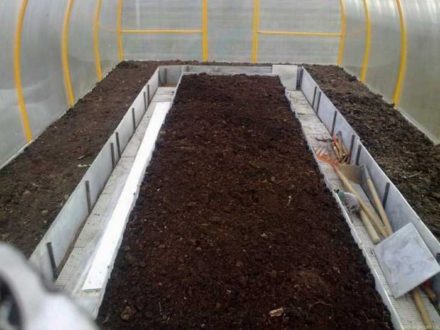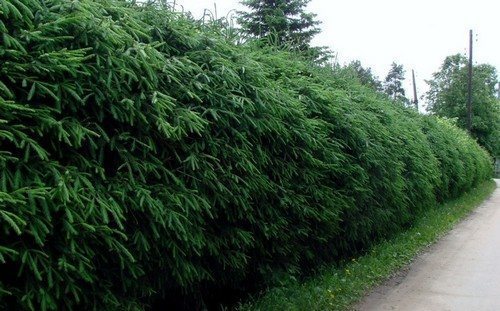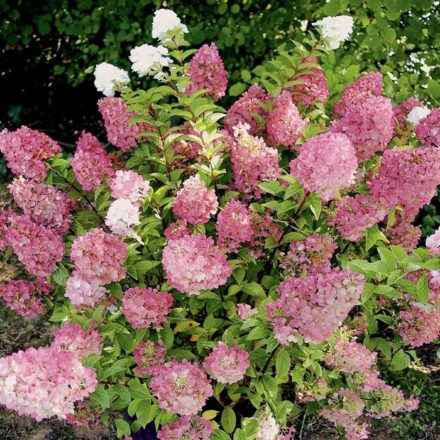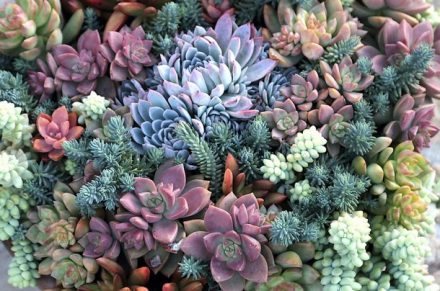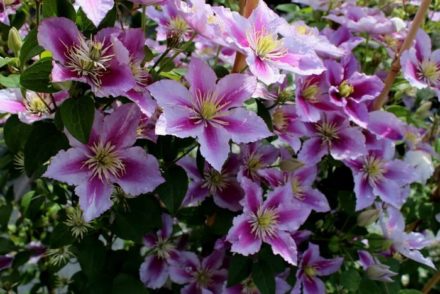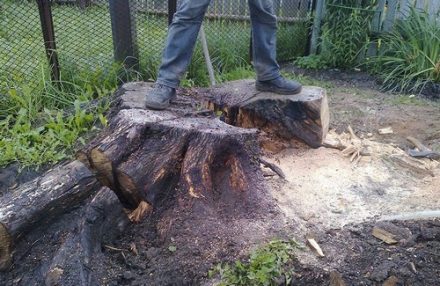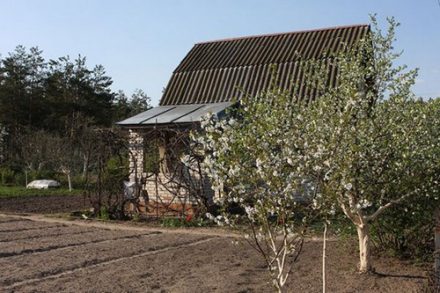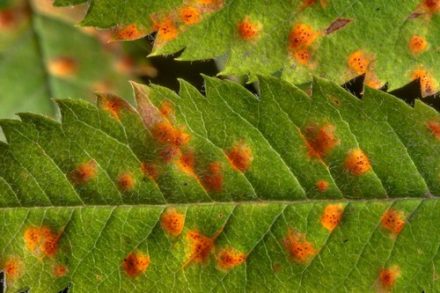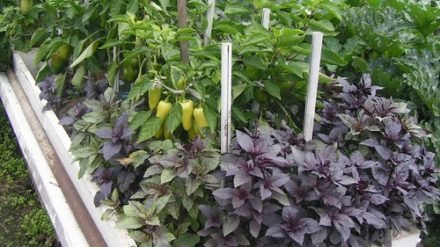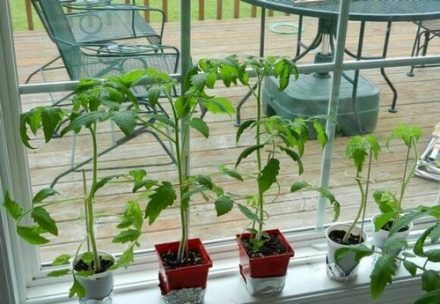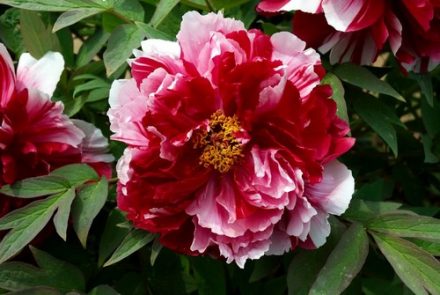Every gardener wants to get a bountiful harvest. Improper planting of seedlings reduces yield, so it is important to follow the rules for planting plants with each other. Summer residents often plant dill next to other crops to save space in the garden. It is important to know the rules for planting dill.
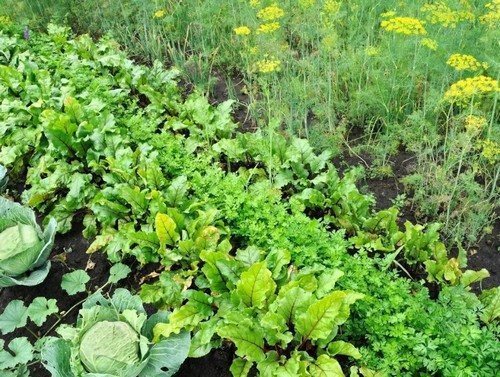
Features of planting next to other crops
It is important that the dill is compatible with the other plant. What to pay attention to:
- Height. Plants should not block access to the sun.
- Type of roots. The roots should not intertwine.
- Released substances. Some plants do not tolerate the essential oil released by dill.
- Pests. It is desirable that the crops correspond to pests and do not damage each other.
Fragrant bushes do not combine with plants such as carrots, corn, fennel, parsley, watercress, and basil.
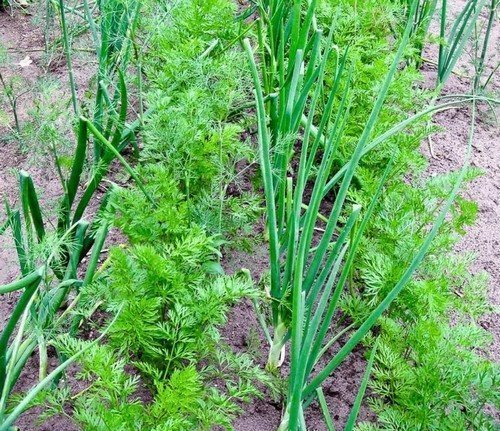
Onion
Onions are combined with dill, as the essential oils released protect against pests. And he, in turn, covers the onion with the hot sun. So this neighborhood is mutually beneficial.
Cabbage
Any type of cabbage is suitable here, for example, white cabbage, kohlrabi, cauliflower and others. There will be no harm to such crops from each other, especially since cabbage does not need a lot of light. Also dangerous for cabbage are harmful butterflies - white butterflies and moths. The dill aroma can repel pests. Another advantage of this proximity is the stimulation of fetal growth. The head of cabbage will grow well in the shade of a dill bush.The main thing is to maintain a distance of at least 30 cm between them.
Beet
Culture ripening occurs at different times. Dill greens are cut much earlier. Moreover, tearing it out helps loosen the soil for the beets so that they can grow quietly. Spicy herbs affect the taste of beets. The distance between them is usually 20 cm.
Strawberry
Both seedlings grow close to each other. But it is advisable to plant strawberries further south so that they do not suffer from the lack of sun from dill bushes. However, strawberries do like moderate sun. It ripens well in the partial shade of aromatic grass. And that, in turn, will drive away slugs and snails from the berries.

cucumbers
The compatibility of crops is justified by the fact that dill bushes stimulate the growth of cucumber fruits, increasing yield, protecting against dryness in the heat, and attracting ladybugs that destroy pests. Cucumbers do not protect dill from the sun. Both plants need the same watering and can be planted next to each other at a minimum distance.
Zucchini
This is another vegetable that does well in the vicinity of spice bushes. They ripen much earlier than zucchini and also protect it from the sun. Another bonus of such a union is that dill greens can attract insects that pollinate zucchini. This will bear abundant fruit. It is better to choose a distance between crops of 20 cm.
Everyone is waiting for a bountiful harvest. Proper fit helps with this. But it is important to follow the rules of plant compatibility.


